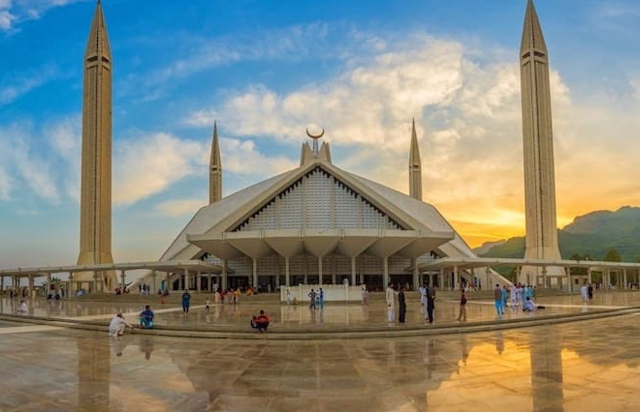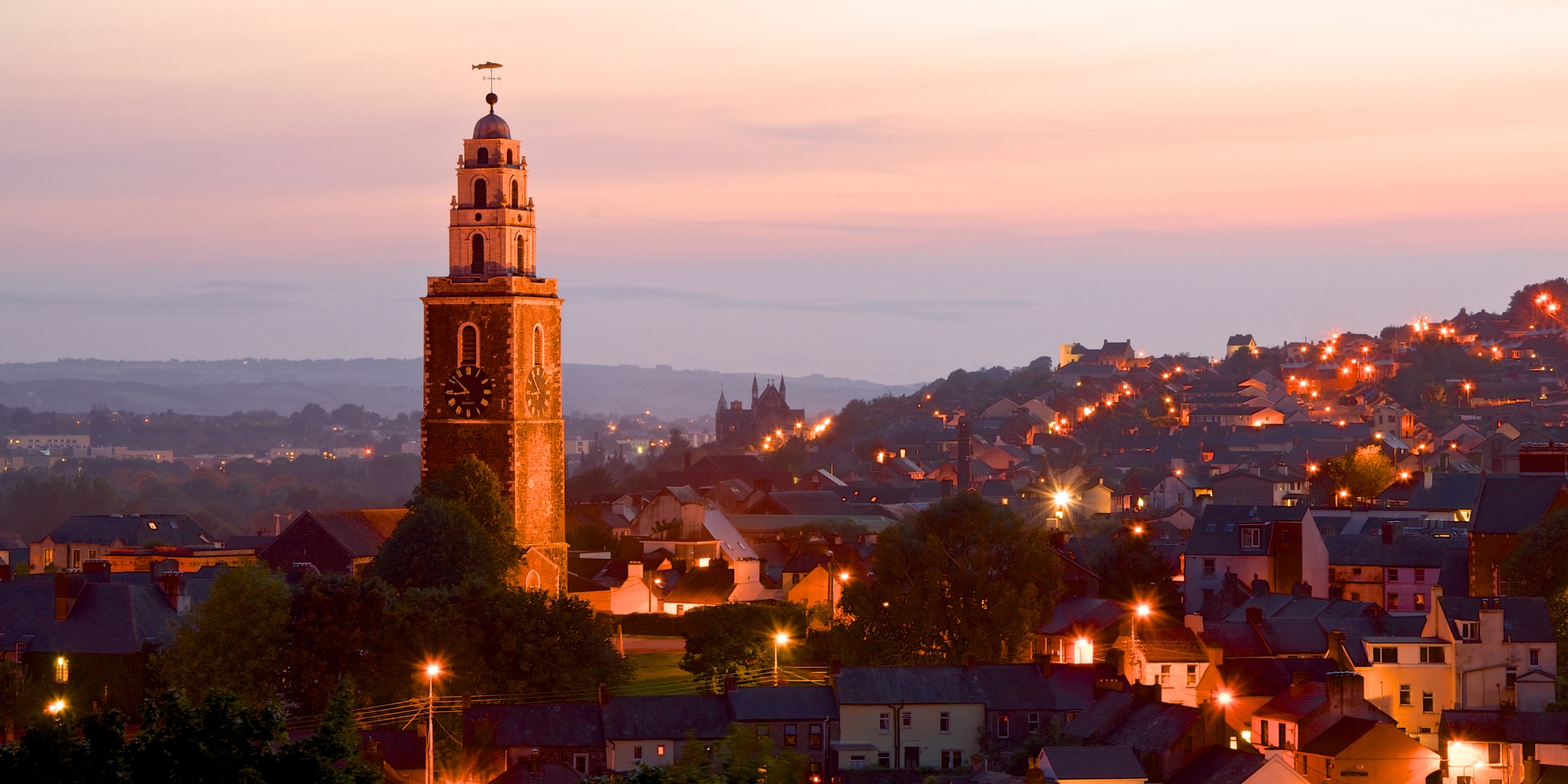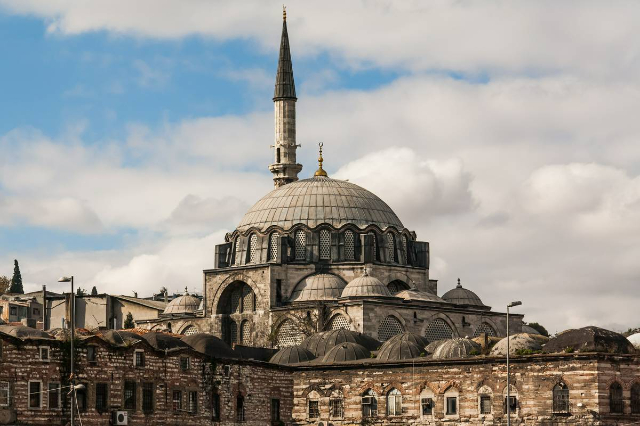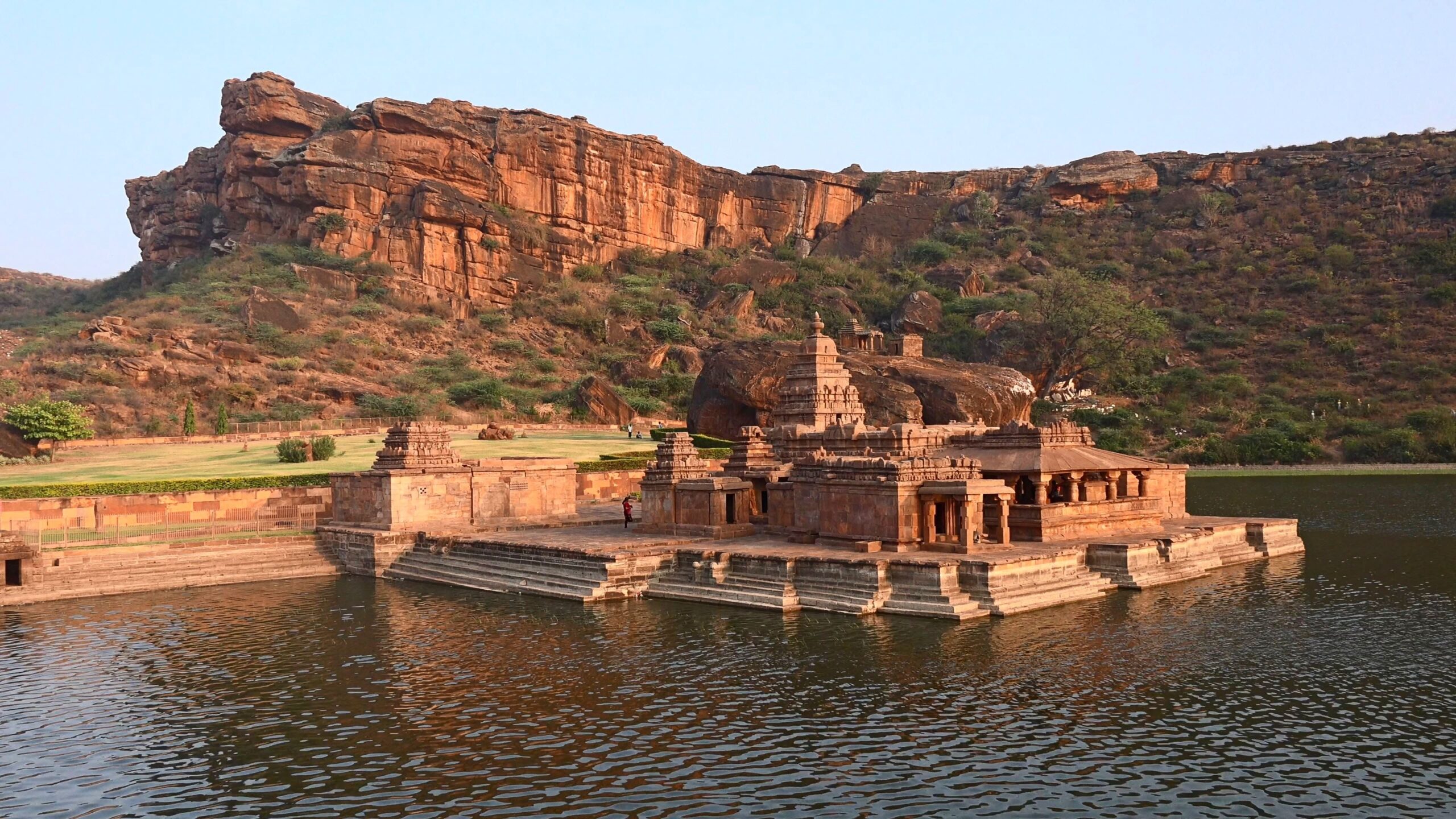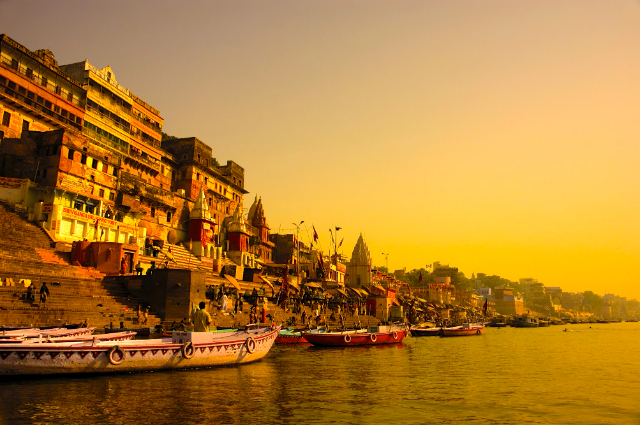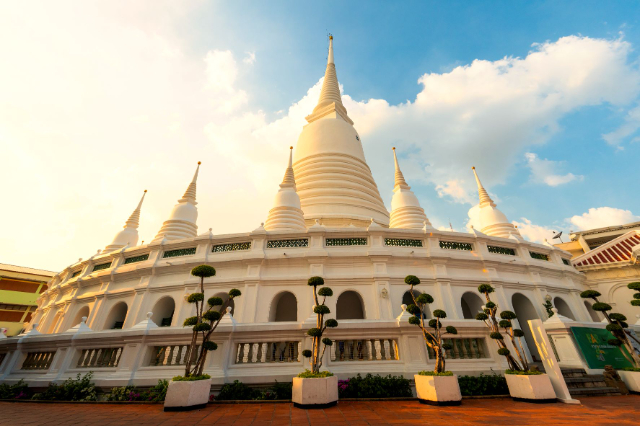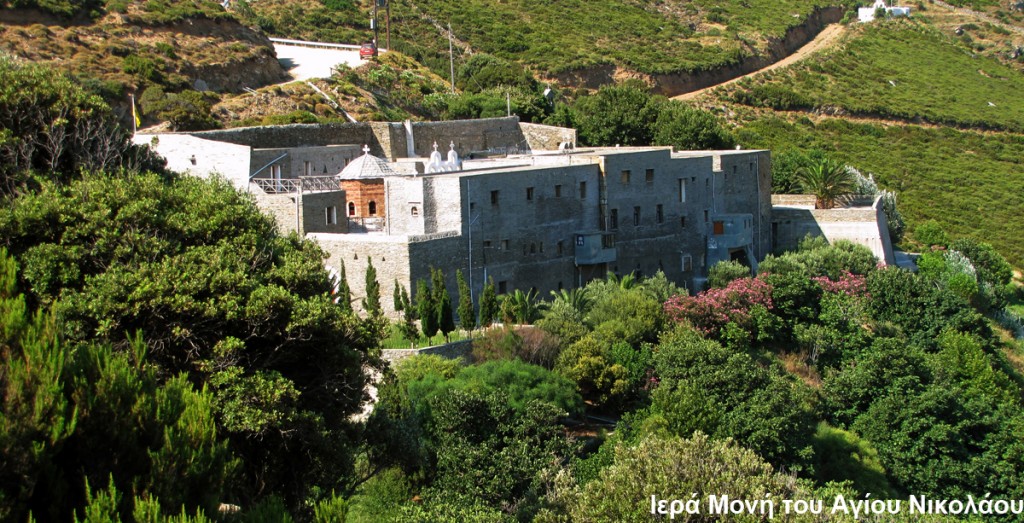Although it is said to be inspired by the shape of a Bedouin tent, the Faisal Mosque in Islamabad bears a striking resemblance to an interstellar spaceport. Its design, incorporating modern architecture, advanced geometry, and a nod to the holiest site in Mecca, represents a unique fusion of Islamic influences spanning generations.
Construction of the mosque commenced in 1976, funded by the late King Faisal bin Abdul-Aziz, who contributed $120 million from his Saudi fortune. Despite being the fourth largest mosque globally and covering an expansive area of 54,000 square feet, the mosque’s design stands out as its most captivating feature.
Initially met with resistance from the traditional community, the mosque deviates from convention by forgoing a traditional dome in favor of a structure resembling a Bedouin tent, flanked by four towering minarets. Soaring 260 feet into the sky, these minarets are meticulously designed in perfect proportion to the mosque’s base, creating an invisible cube that symbolizes the Kaaba in Mecca.
In total, the mosque and its courtyard can accommodate nearly 300,000 worshippers. Nestled against the majestic backdrop of the Margalla Hills, the Faisal Mosque dominates Islamabad’s skyline, making it an unmissable landmark for visitors to Pakistan.

